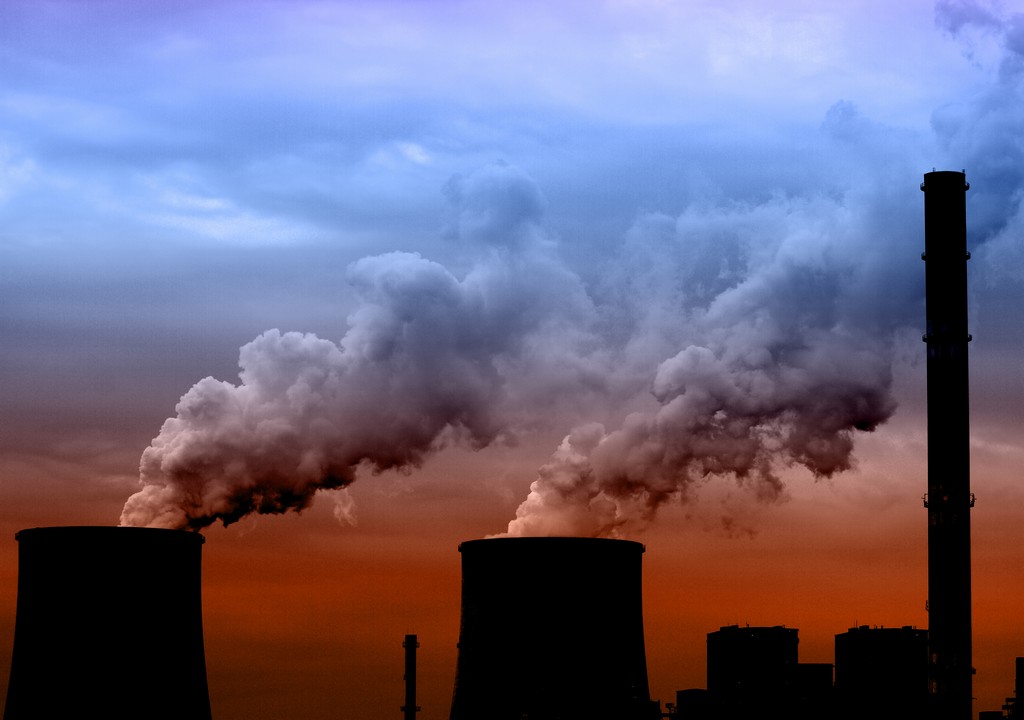Conduct further studies before opening BNPP, experts say.
- December 19, 2016
- 0

In the “Policy Forum on Bataan Nuclear Power Plant (BNPP): What is its future?” hosted by the Department of Science and Technology – National Academy of Science and Technology, experts have shared their
Dr. Alfredo Francisco Lagmay said that it is important to monitor and study the volcanic activities of the Natib Volcano in coming up with a more precise data in determining the possibility of using the BNPP.
Lagmay is a member of the Mathematical and Physical Sciences Division of NAST Philippines and Professor at the National Institute of Geological Sciences of the University of the Philippines Diliman (UP-NIGS).
Meanwhile, active faults in the area of the BNPP from the Manila Trench and Lubao fault mist be looked into to collect possible risks involved, Dr. Bartolome Bautista of the Philippine Institute of Volcanology and Seismology (DOST – PHIVOLCS)
Engr. Carlos M. Villaraza discussed the seismic risk analysis of nuclear power plants. He also discussed various engineering designs to adapt to different risks and engineering interventions in assuring the safety of structures depending on the strength of an earthquake.
Villaraza is the structural – earthquake engineering consultant and principal engineer of the Geohazard Structural Earthquake Engineering Design.
Former congressman Mark Cojuangco was also present in the forum, he said that the BNPP has been certified to be safe and operational way back during the time of late President Ferdinand Marcos.
He added that the BNPP had undergone international standard tests for similar nuclear plants, and stressed the possible economic gains when the BNPP is opened.
The BNPP was constructed in 1976 under the regime of Ferdinand Marcos but was mothballed by the administration of Corazon Aquino following the strong opposition from anti – nuclear protests.